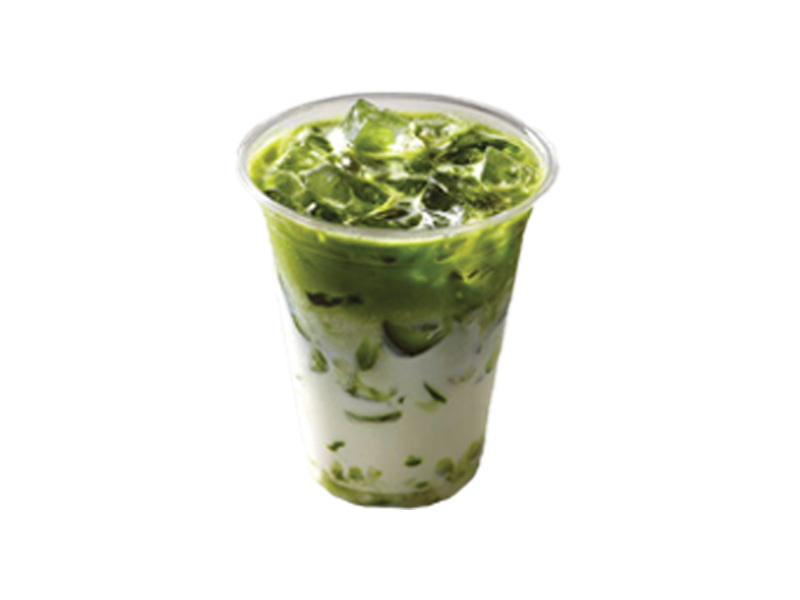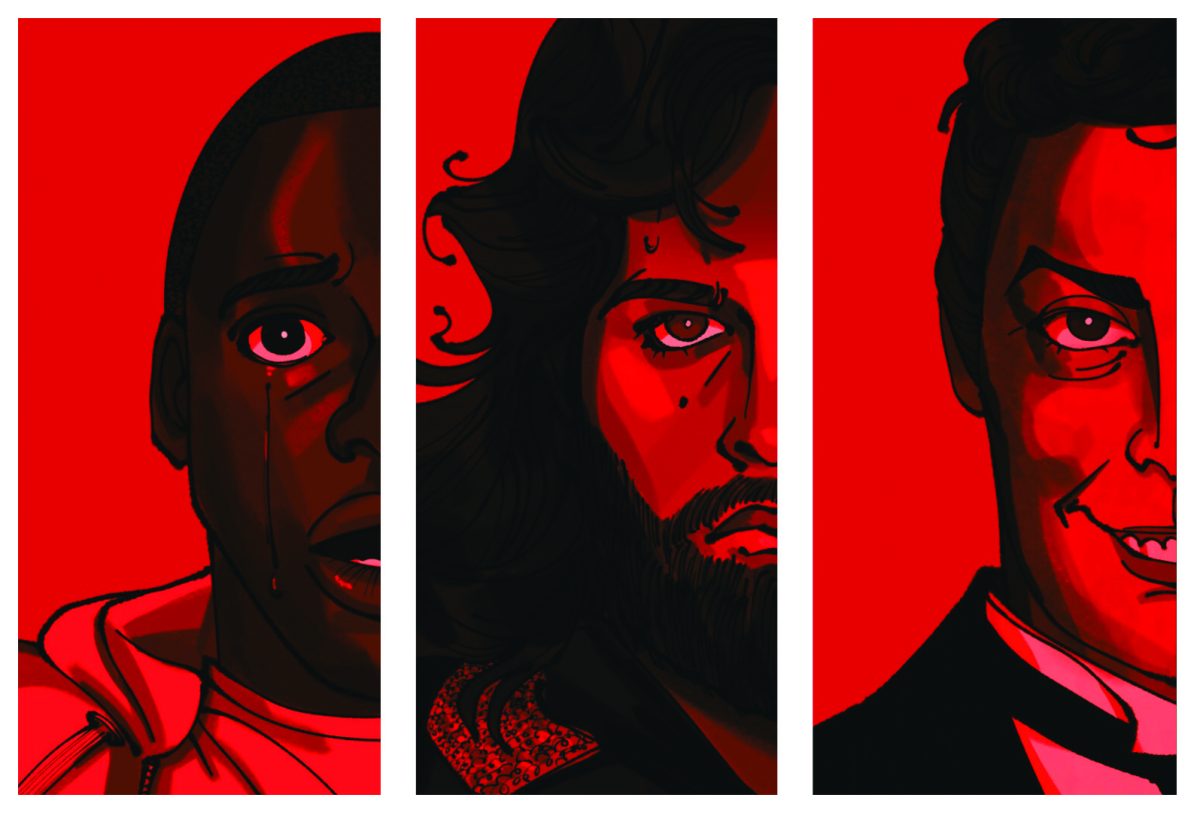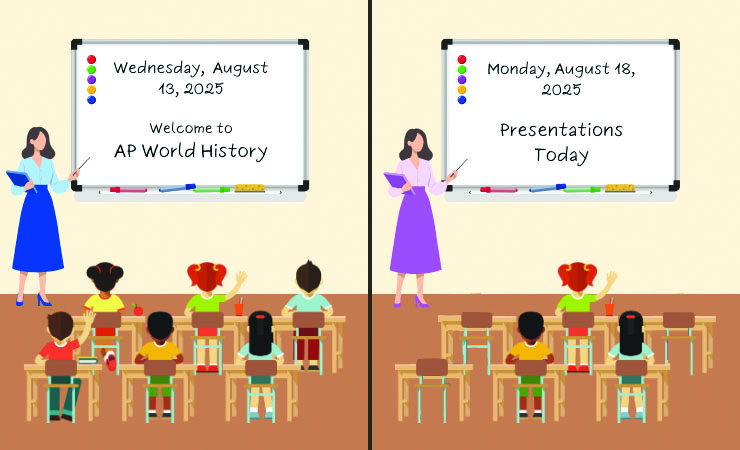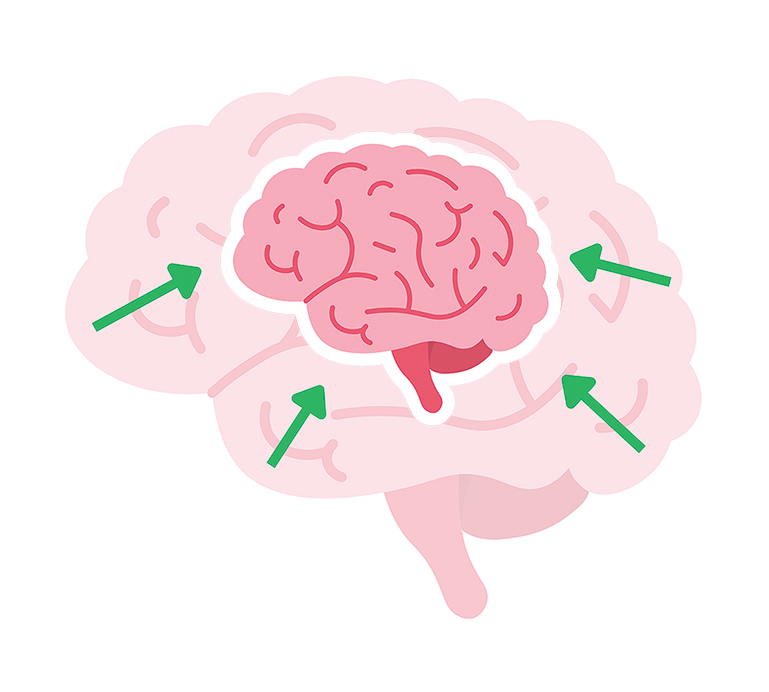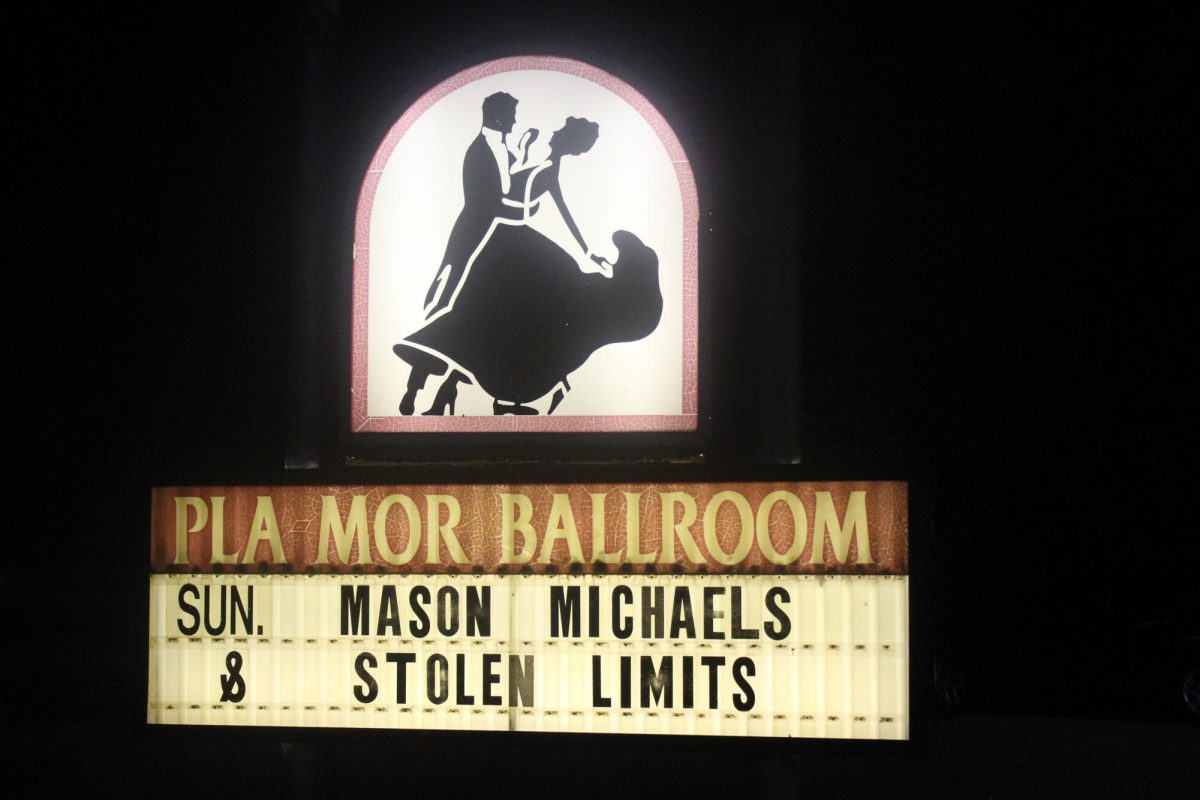The young and reckless: Is social media to blame for teenager’s dangerous behaviors?
April 29, 2020
The year is 2012. The “Cinnamon Challenge” has become the most popular food trend to flood YouTube, and the objective? The objective of the so-called “game” is to film oneself eating a spoonful of ground cinnamon in under 60 seconds without drinking anything — and then, of course, to upload the challenge to the internet. The famous YouTuber known as “Glozell Green” was not the first to try this dangerous challenge out, but her video of this trend is among the most popular, racking up nearly 57 million views.
According to the Partnership for Drug-Free Kids, in 2012, there were over 55,000 clips made on YouTube pertaining to the Cinnamon Challenge, and the immediate effects of the challenge — which could be seen in these videos — were coughing, burning of the throat and choking. Although these effects were temporary, doctors from the University of Miami Miller School of Medicine argue that swallowing these large quantities of cinnamon could lead to lung lesions (any sort of injury to the lung), scarring and inflammation of the airways.
Now, fast forward a few years. It’s 2014, and yet another internet challenge has surfaced. This one, the “Fire Challenge,” which consists of dousing oneself in nail polish remover and setting a lighter to the skin, landed 16-year-old Fernando Valencia in the Western Medical Center of Santa Ana, California, for third-degree burns on his neck and hips, according to ABC News.
There’s more. Over the past decade, teenagers across the United States and beyond have participated in various dangerous trends: the “Salt and Ice” challenge, the “Pass-Out game” and even the “Tide Pod” challenge. The “Pass-Out” game typically involves young teenagers or children who place their fingers over their necks and squeeze, hoping to achieve a momentary high that surfaces as a result of oxygen rushing to the brain after a period of lacking it. According to an article by contributor Melissa Chan for Time magazine titled, “Kids Are Playing The ‘Choking Game’ To Get High. Instead, They Are Dying,” a quick YouTube search turns up more than 36 million results for “how to play pass-out game,” and more than half a million more for “how to play choking game,” which include everything from news reports to homemade tutorials.
According to Life Wire, “YOLO,” which is a popular phrase that means “You Only Live Once,” originally exploded when Canadian rapper, Drake, used it during a music video for his 2011 single, “The Motto.” It has often been used on social media as a justification for validating this sort of reckless behavior, but others argue that it’s simply a mode of expressing one’s love for life, saying, “I’ve only got one life to live, and I’m going to take advantage of the opportunities I’ve been presented with.”
Senior Cameron Field believes this as well. “The phrase itself is outdated so no one uses it anymore, but the meaning still sticks. You only live once, so go out and do the craziest thing you can, [or] you’re invisible aren’t you?” Field said.
Many parents, students and experts argue that social media encourages reckless behavior and consequently, spreads risky trends, behaviors and attitudes like wildfire. For what gain is this danger worth? According to Supporting Our Valued Adolescents, (SOVA), an organization dedicated to improving the mental health of teenagers, younger teens are more likely to be strongly influenced by the decisions of their peers. Consequently, when a few adolescents begin to participate in a certain dangerous social media trend, other adolescents will want to mimic them since their brains are more likely to gravitate toward imitation. According to the previously mentioned Time magazine article, middle schoolers who had participated in the challenge studied were found to have higher symptoms of depression and conduct disorder, potentially using the trend to seek validation.
A study conducted by the Center on Addiction concluded that compared to teens who do not spend time on a social networking site in a typical day, teens who do are five times likelier to have used tobacco (10 percent versus 2 percent), three times likelier to have used alcohol (26 percent versus 9 percent) and twice as likely to have used marijuana (13 percent versus 7 percent).

In fact, this study argues that half of the teens who spend any time on social networking sites in a typical day have seen pictures of kids drunk, passed out or using drugs on these sites. Even 14 percent of those teens who spend no time on social networking sites in a typical day have seen pictures of kids drunk, passed out or using drugs, which would indicate that many students are so exposed to the substances, that they are much more likely to go out and use them.
However, according to The Atlantic in an article titled, “Have Smartphones Destroyed A Generation?” by contributor Jean M. Twenge, the need for social validation and therefore, the lure of dangerous behavior, is much less controlling over today’s teenagers’ lives than it used to be. This article claims that “the shift is stunning: 12th graders in 2015 were going out less often than eighth graders did as recently as 2009.”
Furthermore, across a range of behaviors — drinking, dating, spending time unsupervised — this article argues that 18-year-olds now act more like 15-year-olds used to, and 15-year-olds act more like 13-year-olds; childhood now stretching well into high school. According to The Atlantic, nearly all “boomer high school students had their driver’s license by the spring of their senior year; more than 1 in 4 teens today still lack one at the end of high school.”
This shift in attitude, as The Atlantic poses it, suggests that the phrase “YOLO” may still be powerful for impressionable students, but in a different way; one that indicates that students are more aware of the fragility of their one life. Instead of going out and partying, this article argues that students are content in their own beds, communicating with friends in the lavish comfort of this homebody culture.
“The number of teens who get together with their friends nearly every day dropped by more than 40 percent from 2000 to 2015; the decline has been especially steep recently. It’s not only a matter of fewer kids partying; fewer kids are spending time simply hanging out,” Twenge wrote.
Southeast freshman Anna Long agrees with this statement, and she downloaded nearly all of her social media platforms in order to connect with her peers. However, Long also understands the dangers of social media.
“It makes a false reality, [and it can] sometimes become addicting. [Also], when bad things happen, it [can] create paranoia,” Long said.
In light of the recent pandemic that has struck nearly the entire world — the coronavirus — Long believes that social media has been a beacon of positivity.
“I think people are sharing good information to let people know what’s happening in the world,” Long said. “I think [after this], there will be more and more apps where people can communicate.”
Additionally, Field agrees, attributing the coronavirus to recent social media trends that promote unity in a stressful time of isolation and confusion. “I see people reaching out to others that maybe they wouldn’t normally have done. Social media has become the main way for interaction while we cant see people face to face,” Field said. “There’s been a huge reduction is reckless behavior since group sizes aren’t really possible.”
He believes that although social media has led to a stronger bond between individuals stuck in their homes during quarantine, it’s not necessarily a trend that will last. In reality, I think as soon as this virus is done with it’ll go back to how it once was. The [social media] trends will become more sporadic and the reckless stuff will come back,” Field said. “If social media goes back to the way it was, there won’t be much of an effect in the future. I think people would remember this time, [though], so it could end up being a better place.”
In a Haden Interactive article titled, “Is Social Media Bad For Us?” contributor Gideon Haden argues that social media is often misrepresented. “It’s a shame that social media is sometimes used to promote dangerous behavior, but you have to fault the people who are misusing it, rather than social media itself,” Haden said.
So, although some argue that social media is a series of platforms meant to encourage reckless behavior, others argue that instead, it is simply an easier way of showing off risky decision-making —- decisions that have been made by teenagers and other young adults for decades, but are just now being brought to light.
“That’s not an attempt to trivialize the fact that people are putting themselves in danger, and through likes, shares and views, are receiving approval for their actions,” Haden wrote. “But it’s hard to single out social media as the culprit.”
Since the dawn of the iPhone, social media has often taken most of the blame for encouraging reckless behavior and isolating America’s teenagers, and as studies suggest, this is for good reason. However, many students and adults alike believe that social media should not act as the scapegoat for every issue that arises, but can instead be attributed for just as much positivity and social awareness as its infamous negativity.



